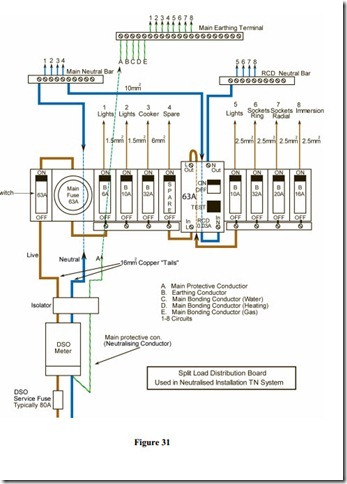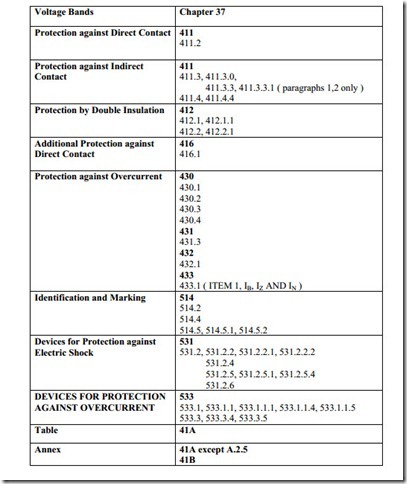Discrimination between Overcurrent Protective Devices
Normally an electrical installation will have a number of fuses or MCB’s connected in series. In the event of a fault occuring in the installation, only the protective device closest to the fault on the supply side, should operate. This means that other healthy circuits and equipment are unaffected.
A circuit designed in this way is considered to have ( good ) effective discrimination. Effective discrimination can be achieved by graded protection, since the speed of operation of the protective device increases as the current rating decreases.
Some fuses and circuit breakers are particularly fast in operation under fault conditions. Care must be taken to ensure that such devices are not used to protect circuits in which much slower- operating but lower rated devices are used. This could result in the main protective device operating rather than the faulty circuit protective device. Such an eventuality would be an example of poor discrimimation.
Figure30 illustrates effective discrimination in that, a fault occurring at point X should be interrupted by fuse C, leaving fuses A and B intact. Likewise a fault occurring at point Y should be interrupted by fuse B leaving fuse A intact.


